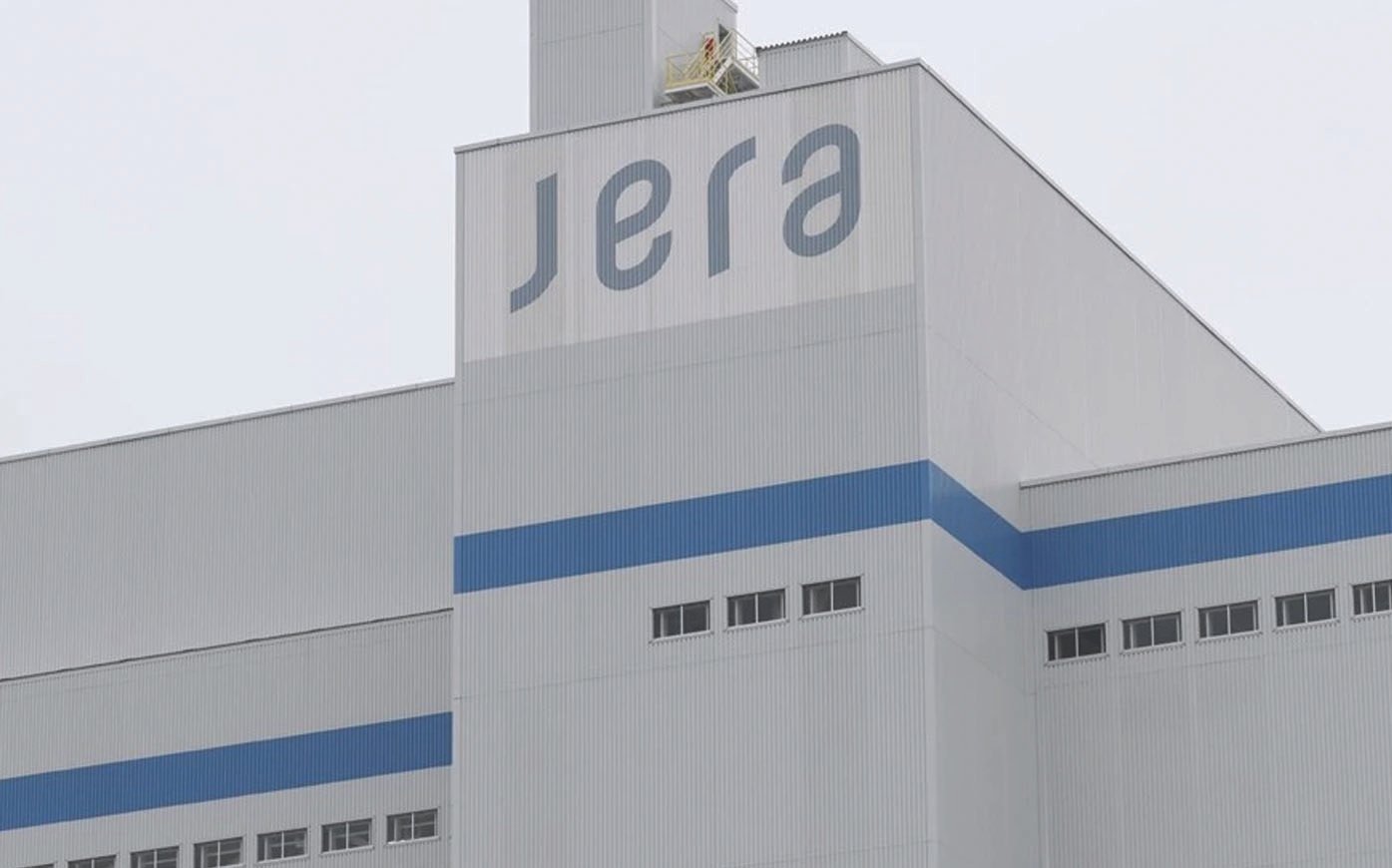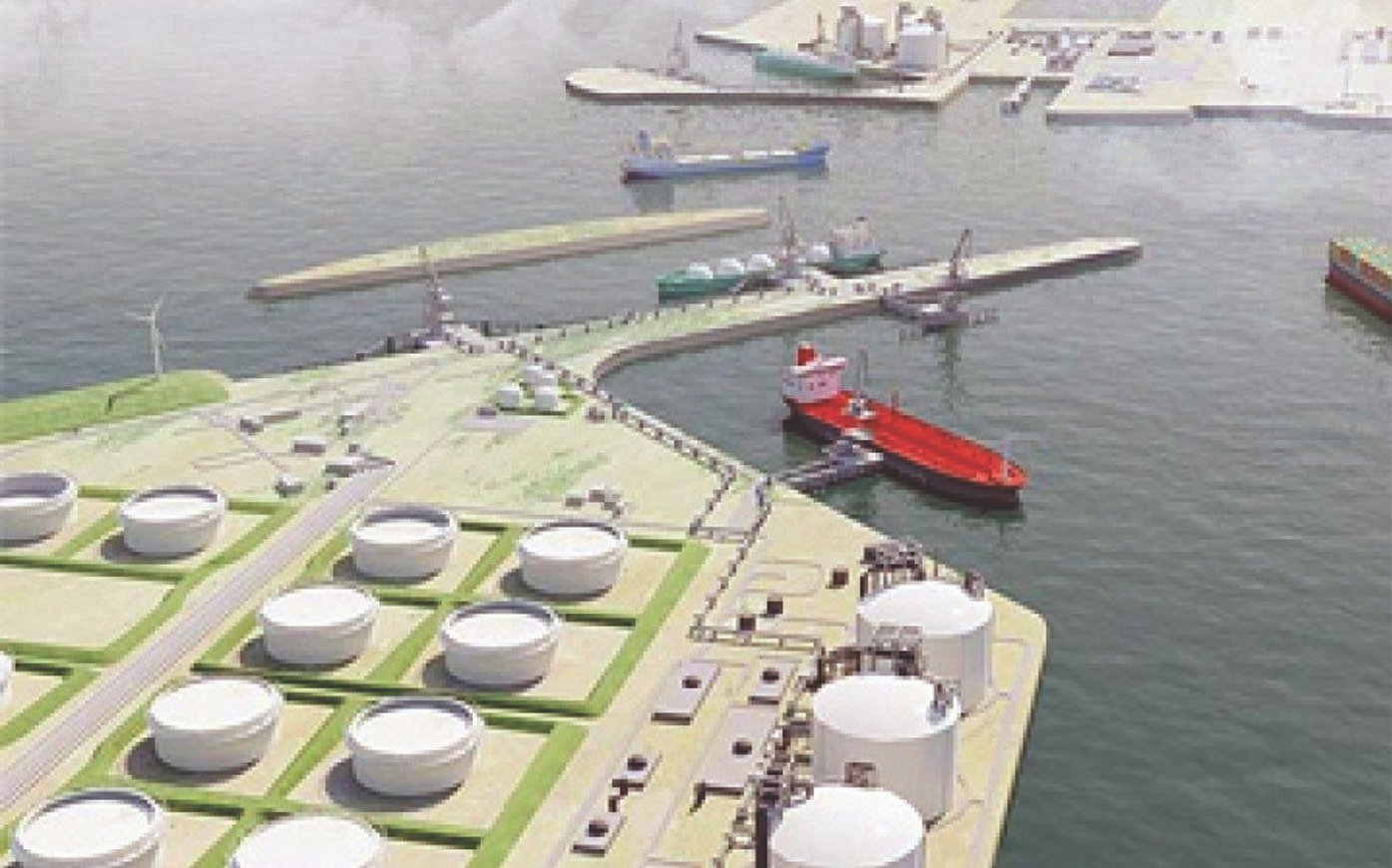
Japan’s JERA has invested US$1.0 billion in its 718 MW power plant at Meghnaghat, Narayanganj, Bangladesh. Taking over from Reliance Power in 2019, JERA is in the process of commissioning Bangladesh’s largest gas-based IPP.
The project has received loan funding from development finance institutions including Japan Bank for International Cooperation and Asian Development Bank. The other banks providing loans to the project are Mizuho Bank, SMBC, MUFG, Societe Generale, backed by Nippon Export and Investment Insurance. The project secured major equipment from General Electric (GE) and Samsung C&T Corporation, and built under an Engineering, Procurement, & Construction contract.
Project to commence commercial operations
It is understood that the project has been struggling to receive continuous gas for the commissioning and operations since March 2024. Despite the challenges, the project has recently completed most of the tests under commissioning and demonstrated its capability to deliver stable power to the national grid. The project now awaits nod from the BPDB for the final round of tests to complete the commissioning and commence commercial operations.
Mr. Smitesh Vaidya, Head of Contracts & Commercial at JERA Meghnaghat Power Limited, said: “Once the reliability run tests are completed, the project can start delivering stable and continuous electricity to meet the country’s requirements.” He said: “We have requested support from the ministry, BPDB and Petrobangla for expediting the commercial operations of the project.”

JERA’s Meghnaghat project deploys the latest equipment, with the most efficient turbines from General Electric. With the coupling of highly efficient machines and a low tariff, JERA’s Meghnaghat project would go a long way in ensuring sustainable and uninterrupted power supply in Bangladesh.
JERA’s interest in Bangladesh power and energy sector
JERA have also shown their interest in setting up the Matarbari land-based LNG terminal. In one of the letters written to the government, JERA mentioned, “JERA is interested in future investments in the land-based LNG terminal project, renewable project development (solar, wind), alternative energy (hydrogen, ammonia) and LNG supply. Such investments would amount to around US$ 2-3 billion in the next 5-10 years.
From a long-term perspective, JERA would also look at promoting net zero emissions for Bangladesh and would like to work together for a sustainable future of the country. In the near future, JERA intends to establish a local office in Dhaka.”
Case for land-based LNG terminal in Bangladesh
All of Japan’s existing LNG terminals are land-based. Japan is prone to several environmental disasters and such land-based terminals provide a stable source of energy to the country. Bangladesh on the other hand, despite being prone to cyclones and bad weather in the Bay of Bengal, has 2 floating-ship based FSRUs. It was observed in 2024 that at least 1 of the FSRUs was not available for operations for more than 9 months, significantly hampering the gas supplies. Therefore, it is in the nation’s interest to quickly setup the land-based terminal in the country to ensure continuous energy supplies.
About JERA
JERA Co., Inc.is Japan’s largest power generation and energy company with existing generation capacity of 61,000 MW in Japan (which is 30% of Japan’s electricity) and 13,700 MW in overseas locations (including Philippines, Thailand, Indonesia). In Japan, JERA handles the LNG supplies to the power plants on its own. JERA has been handling LNG supplies of 35 MTPA which is one of the world’s largest with investments in 6 upstream projects and having LNG suppliers from 15 different countries. JERA has in operation a total of 11 land-based LNG terminals in Japan, with LNG tank capacity of 6.6 million kL viz. 30% of the total LNG tank capacity in Japan.
Download Special Report As PDF/userfiles/EP_22_14 Specail Report.pdf



